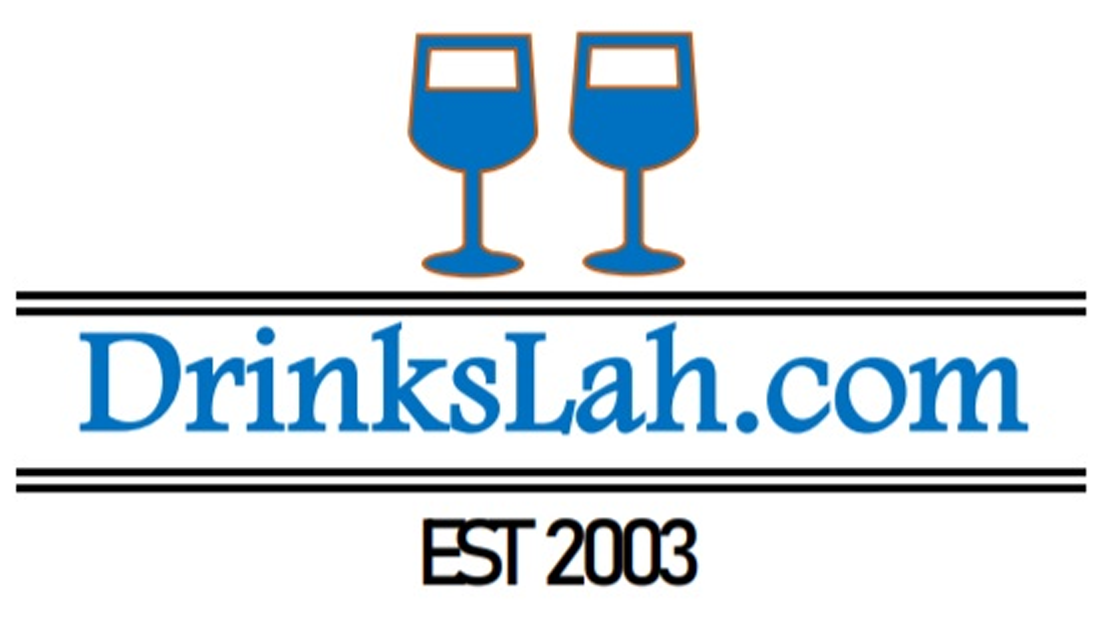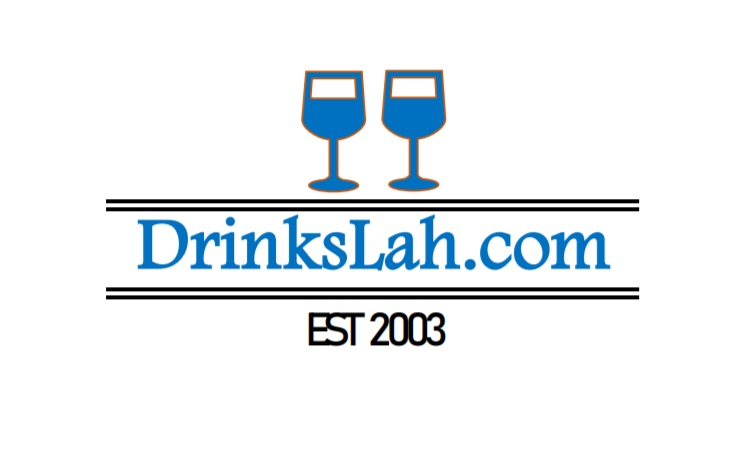Comprehending the Center Class: Interpretation, Characteristics, and Economic Importance
The middle class is a term widely used in socio-economic discussions, yet its meaning stays fluid and context-dependent. Normally, the middle class describes a group of people that fall in between the working course and the upper class in regards to earnings, education and learning, and occupation. This sector of society is commonly thought about the foundation of a steady economy, driving consumption, development, and social movement. If you enjoyed this article and you would certainly such as to receive even more information relating to middle income trap – index, kindly check out our web-page. This report discovers the definition, attributes, and financial relevance of the middle class, together with the challenges it encounters in the contemporary world.
Specifying the Center Course
There is no universal meaning of the middle course, as it varies throughout nations and societies. Economists and sociologists frequently utilize revenue, profession, and education and learning as crucial indicators. Income-based definitions are the most usual, with the center course generally earning in between two-thirds and double the median family earnings of a provided nation. For example, in the USA, a home earning between $50,000 and $150,000 annually could be considered middle course, depending on the region and expense of living.
Line of work and education and learning also play significant functions. Middle-class people often hold white-collar jobs, such as instructors, designers, or managers, and usually have at the very least an additional education and learning, with numerous holding university levels. Way of living and usage patterns, such as home ownership, accessibility to medical care, and the capability to save for retired life, more distinguish the middle course.
Features of the Middle Course
The center class is identified by a number of key qualities:
- Economic Stability: Middle-class households usually have stable earnings that allow them to fulfill their standard needs while likewise saving for the future. They are much less vulnerable to financial shocks contrasted to the working class however lack the large wealth of the top class.
- Education and learning: Education is a trademark of the center class. Parents in this group typically prioritize their youngsters’s education and learning, seeing it as a path to upward wheelchair.
- Own a home: Owning a home is a common desire and success among the center class, representing monetary security and security.
- Intake Patterns: The middle course drives need for durable goods, from cars to electronics, adding significantly to financial development.
- Social Worths: Middle-class individuals typically highlight effort, self-discipline, and long-lasting planning. They tend to worth neighborhood participation and civic involvement.
Economic Relevance of the Middle Class
The middle course plays an essential duty in the economic situation for numerous reasons:
- Consumer Need: As the biggest consumer group in numerous economies, the middle class gas demand for items and services, driving service development and technology.
- Tax obligation Income: Middle-class homes contribute dramatically to tax incomes, which money public services like education, framework, and health care.
- Social Stability: A durable middle course is connected with lower degrees of social discontent and greater levels of political stability, as its members have a vested rate of interest in preserving the condition quo.
- Entrepreneurship: Lots of tiny and medium-sized business (SMEs) are established by middle-class individuals, fostering work creation and economic diversity.
Obstacles Facing the Middle Course
In spite of its value, the center course faces many challenges in the 21st century:
- Revenue Torpidity: In several industrialized countries, middle-class revenues have actually stagnated over the previous few decades, while the cost of living has climbed. This has actually eroded acquiring power and savings.
- Increasing Prices: Costs such as housing, medical care, and education and learning have skyrocketed, making it harder for middle-class families to keep their standard of living.
- Job Instability: Automation and globalization have interrupted conventional middle-class work, leading to unpredictability and the demand for constant skill upgrades.
- Financial obligation Concern: Many middle-class families rely upon financial obligation to fund education and learning, homes, and medical care, causing economic frailty.
The Global Perspective
The center course is broadening quickly in emerging economic situations, specifically in Asia and Latin America. Countries like China and India have seen considerable development in their middle-class populaces, driving international intake patterns. Nevertheless, in created nations, the middle course is shrinking due to economic polarization, with even more people falling under either the lower or top revenue brackets.
Verdict
The middle class is a dynamic and crucial part of contemporary societies. Its definition might vary, but its duty in fostering financial growth, security, and social movement is indisputable. Climbing costs, income stagnation, and work instability position considerable threats to this team. Policymakers need to resolve these difficulties to guarantee the center class continues to be a flourishing and sustainable section of society. By buying education, affordable health care, and task creation, nations can reinforce their center courses and, by extension, their economies.
The center course is a term extensively utilized in socio-economic conversations, yet its definition remains fluid and context-dependent. Usually, the center class refers to a group of individuals who drop in between the working course and the top course in terms of revenue, education and learning, and occupation. There is no global interpretation of the middle class, as it varies throughout countries and societies. Income-based interpretations are the most usual, with the middle class typically making in between two-thirds and increase the median house revenue of a given nation. The middle course is expanding rapidly in arising economic climates, especially in Asia and Latin America.


